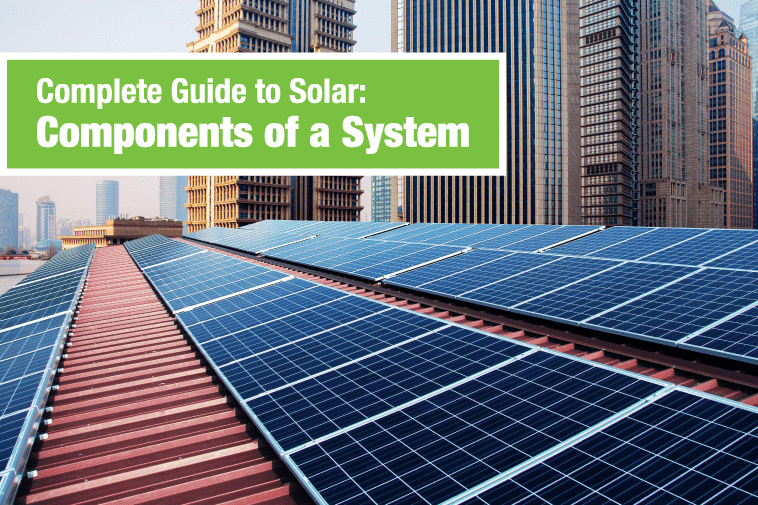Complete Guide to Solar: Getting a Quote
When you purchase a solar energy system for your home, it’s important to find an installer who provides accurate, honest quotes. A reliable estimate...
2 min read
![]() Solar Trust Centre Team
:
Jun 4, 2020 9:50:00 PM
Solar Trust Centre Team
:
Jun 4, 2020 9:50:00 PM

In order to better understand what’s needed for a solar energy system, you need to know about the different components that are included. With the right equipment and installation, you can get a quality experience from your system. Here are the most important issues to consider.
There are two main options for solar energy systems, and these are the grid connected and off-grid (or stand alone) systems. A grid connected system will help power your home, and will also feed power back into the grid if you produce more power than you use. An off-grid system won’t cause that feedback, because it’s not hooked into the grid at all. But both kinds of systems can be very valuable and work well. The key to getting the right one for your needs is understanding the differences and finding a quality installer to make sure your system is set up correctly.
A grid connected solar system has panels — also called solar PV modules — that supply DC power. Then there is a string inverter or micro-inverter that changes the DC power into AC power. That’s the type of power you need to operate the appliances in your home. It’s also the kind of power that can be fed back into the grid. Without the conversion from DC to AC power, you won’t be able to use anything your solar panels are producing. You also won’t be able to feed the power back, so you won’t get a credit for the power you supply.
In addition to the panels and the converter, you need a roof mounting system. You can’t mount the solar panels to just any type of roof, either. The roof needs to have an angle of 25 degrees or lower, and it needs to be either metal or tile. An on-site inspection from a qualified installer can help determine if your current roof will be able to take installed panels, and what kind of mounting system will be needed. Then you’ll need all the electronic accessories that come with a solar system, like wires, circuit breakers, and more. Rewiring may need to be done on your house in order to ensure that everything is safe and working correctly.
An off-grid, or stand alone, system will have the same type of components as the grid system, with the exception of the tie-in to the grid. That means you’ll need a different kind of power inverter, and a charge controller for your storage battery. You can’t allow too much power to flow from the solar system into your home, or it could become dangerous or damage your wiring. You also can’t send any extra current out to the grid, so it has to be kept in the storage battery and properly regulated. That’s what the charge controller is for, as it controls the charge that comes from the battery into your home to reduce the chances of any damage or risk.
When you purchase a solar energy system for your home, it’s important to find an installer who provides accurate, honest quotes. A reliable estimate...
What is Solar Trust Centre? Solar Trust Centre is a resource for trusted news on Solar Energy, Tools, and Resources. We have produced articles on the...
With bushfires currently spreading over much of Australia, many homeowners are finding themselves with questions that they’ve never encountered...